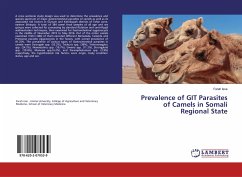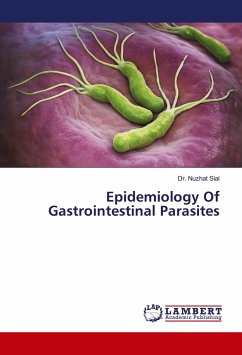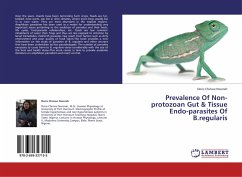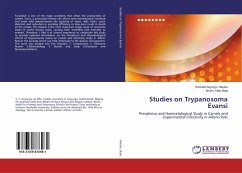A cross sectional study design was used to determine the prevalence and species spectrum of major gastrointestinal parasites of camels as well as its associated risk factors in Gursum and Kebribayah districts of Fafan zone, eastern Ethiopia. A total of 384 camel fecal samples of all age and sex groups were collected for processing by standard flotation and centrifugal sedimentation techniques, then examined for Gastrointestinal eggs/oocysts in the middle of November 2015 to May 2016. Out of the entire camels examined 312(n=384) of them excreted different Nematode, Cestode and Protozoal parasite eggs/oocysts in the feaces, with overall prevalence of 81.25%. The prevalence of various types of Gastrointestinal parasites in camels were Strongyle spp. (55.2%), Trichuris spp. (38%), Trichostrogylus spp. (24.2%), Nematodirus spp. (16.7%), Eimeria spp. (11.2%), Strongyloid spp. (10.4%), Monezia spp.(4.2%), and Paramphistomum spp. (3.9%) respectively, the hypothesized risk factors were origin, body condition status, age and sex.
Hinweis: Dieser Artikel kann nur an eine deutsche Lieferadresse ausgeliefert werden.
Hinweis: Dieser Artikel kann nur an eine deutsche Lieferadresse ausgeliefert werden.








